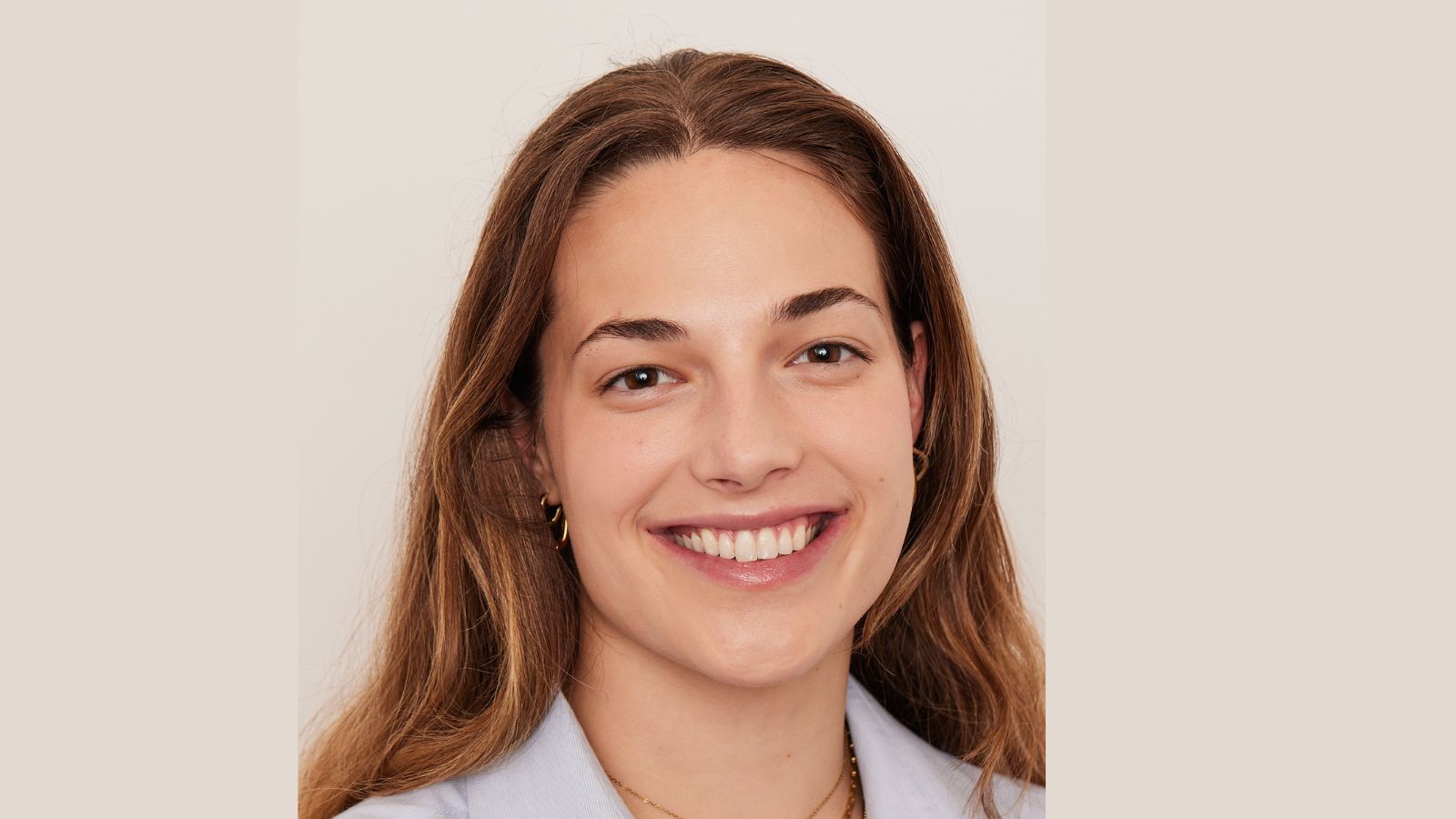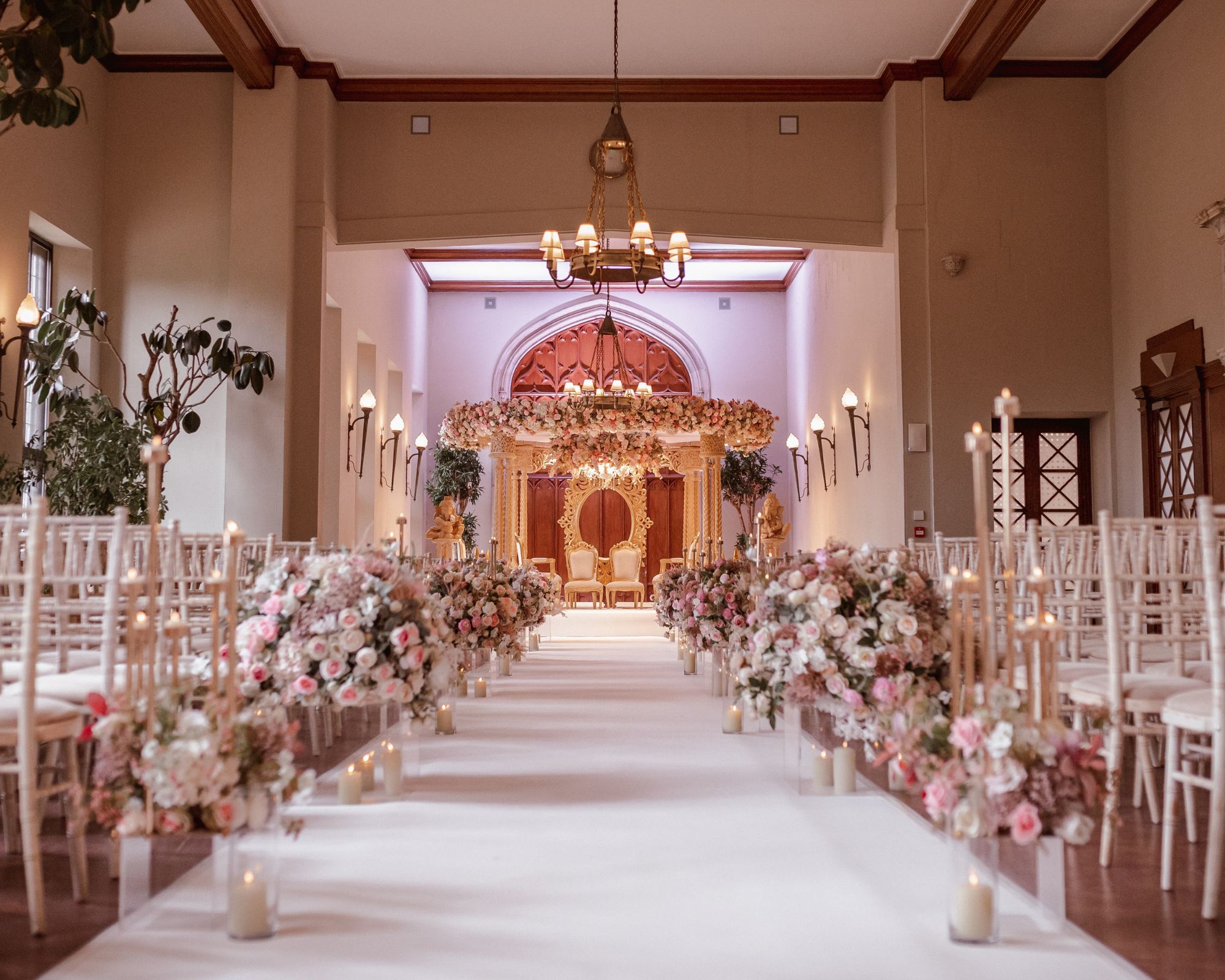King Henry VIII and Elizabeth I once inhabited this off-the-beaten-path royal residence – its interiors balance Tudor history with modern approachability
The resident historian at Ashridge House explains how the design of the home is influenced by its royal past and its current status as a wedding venue


Most people know royal residences like Buckingham Palace and Balmoral, but have you heard of Ashridge House? Once home to King Henry VIII, Queen Elizabeth I, and Edwards VI, the Grade I listed property is a treasure trove of preserved historic interiors. We love taking inspiration from storied royal properties, and this one just might be our favorite yet.
Its rich, textured history is the fabric of the building. According to Nigel Bradshaw, Resident Historian at Ashridge House, the royal residence was built as a monastic community in the 13th century and transitioned into crown ownership after the Dissolution of the Monasteries under King Henry VIII in the 1530s. The infamous king changed the manor into a hunting lodge and nursery for his children, including Elizabeth I, Mary I, and Edward VI. Elizabeth inherited Ashridge House after Henry's death and was arrested on suspicion of treason while residing there. Young Princess Victoria (later Queen Victoria) visited in 1823 and planted an oak tree in the royal gardens, which still stands to this day. Located just outside of London, the historic home currently serves as an event space and wedding venue.
Its interiors are a fascinating marriage between past and present, featuring gothic interior design alongside modern amenities. Bradshaw tells Homes & Gardens: 'Ashridge House’s design incorporates both historical preservation and modern-day approachability, creating a unique experience that honors Ashridge’s grand past while making it accessible and welcoming for today’s wedding guests. Ashridge’s blend of neo-Gothic architecture, intricate Rococo embellishments, and Italianate flourishes showcase its royal history in a way that feels vibrant and inviting. By retaining the intricate details commissioned by Lady Marian Alford, Ashridge House retains its opulent atmosphere. Moreover, as a Grade I listed property, Ashridge has ensured the preservation of these historic interiors, maintaining a living museum quality that celebrates British architectural heritage while also serving as a venue for contemporary events.'


Further, the constant evolution of the home's design gives it an even richer history. 'While much of Ashridge House’s Tudor-era architecture has not survived, the residence’s later adaptations paid homage to its royal past. Ashridge is referred to as one of the most significant Gothic Revival English country houses,' says Bradshaw, 'James Wyatt, one of the foremost Gothic Revival architects of the early 19th century, designed the present structure at the behest of the 7th Earl of Bridgewater. This neo-Gothic style showcases grand spaces, towering arches, intricate stonework, and stained glass, but with a more romantic Gothic appeal than the austere medieval Gothic style.'



Later, Riviera style fused with the classical elements for a striking blend. Bradshaw states: 'Lady Marian Alford, whose husband was a descendant of the Duke of Bridgewater’s family, subsequently imbued the interiors with Rococo-style touches that balanced out the Gothic architectural element. Drawing from her Italian upbringing and appreciation for ornate Renaissance designs, her influence can be seen in the hand-painted ceiling of the Lady Marian Alford room inspired by Venice's Doge's Palace and Venetian-inspired mermaid door handles.'


The property has a lot in common with some of the most popular palaces and royal buildings across the country. 'Ashridge House shares similarities with other British royal residences, especially in its Gothic Revival design, echoing the architectural choices made in Windsor Castle and the neo-Gothic refurbishments of the Houses of Parliament,' says Bradshaw. 'Like Ashridge, Windsor Castle incorporates extensive Gothic detailing with a blend of elegance and regal grandeur. Additionally, the Venetian influences and Rococo elements at Ashridge echo the opulent touches seen at Buckingham Palace’s interior, particularly in rooms designed to reflect the influence of continental Europe on British royal tastes.'


In the present day, the home's past makes it perfect for hosting large events or weddings. This modern history fuses with the heritage to make it one of the most interesting homes in the world. Lucy Le Gassicke, Marketing Director at Ashridge House states: 'Ashridge House was designed for grand gatherings, having hosted royalty, heads of state, and notable figures throughout history. The impressive reception entryway captivates guests from the moment they arrive, creating a breathtaking ‘wow’ factor that couples desire for their special day. Each room flows seamlessly into the next, showcasing unique features like gold leaf ceilings, Italian marble fireplaces, and intricate architectural details, offering a beautiful backdrop.'
Sign up to the Homes & Gardens newsletter
Design expertise in your inbox – from inspiring decorating ideas and beautiful celebrity homes to practical gardening advice and shopping round-ups.
She continues, 'Unlike many venues, Ashridge’s historic spaces require minimal decoration, allowing the original heritage grandeur to shine through, while still accommodating any custom styling couples envision. The cantilevered staircase in our ceremony space is a highlight, allowing guests to witness the entrance of the bride and groom with an unforgettable view.'

Shop the Gothic Revival Edit
Even if you don't plan on visiting, you can bring a touch of the neo-gothic to your own home with intricate lighting, rich carpets, and plush luxurious texture.

This Gothic Revival-style wall sconce comes at an incredible price for the level of detail. I think this would look gorgeous styled in a dining room.

This gorgeous rug was hand-woven in the early 20th century and colored with natural vegetable dye. It would perfectly complement a warm, neutral color scheme.

Bring the modern and gothic together with this ombre velvet pillow in a gorgeous blush shade. Perfect for adding texture to a living room sofa.
We look to history to learn about the present. Taking this approach for interior design is a fruitful way to find inspiration, and create spaces with their own unique narratives. Rather than looking dated, it helps us create spaces that will last forever.

Sophie is a News Editor at Homes & Gardens, where she works on the Celebrity Style team. She is fascinated by the intersection of design and popular culture and is particularly excited when researching trends or interior history. Sophie is an avid pop culture fan. As an H&G editor, she has interviewed the likes of Martha Stewart, Hilary Duff, and the casts of Queer Eye and Selling Sunset. Before joining Future Publishing, Sophie worked as the Head of Content and Communications at Fig Linens and Home, a boutique luxury linens and furniture brand. She has also written features on exciting developments in the design world for Westport Magazine. Sophie has an MSc from the Oxford University Department of Anthropology and a BA in Creative Writing and Sociology from Sarah Lawrence College.
-
 Kevin Bacon and Kyra Sedgwick's rustic kitchen island is stunning, but controversial – designers say you can get the look without the hassle
Kevin Bacon and Kyra Sedgwick's rustic kitchen island is stunning, but controversial – designers say you can get the look without the hassleA popular material finds an unorthodox home in the couple's kitchen, but experts disagree on whether it should be used – here's how to do it instead
By Sophie Edwards
-
 How to grow grapefruit for homegrown sweet and tangy, highly nutritious harvests – a fruit tree expert shares their planting and care tips
How to grow grapefruit for homegrown sweet and tangy, highly nutritious harvests – a fruit tree expert shares their planting and care tipsFrom planting to harvesting, this is all you need to know about grapefruit trees
By Drew Swainston